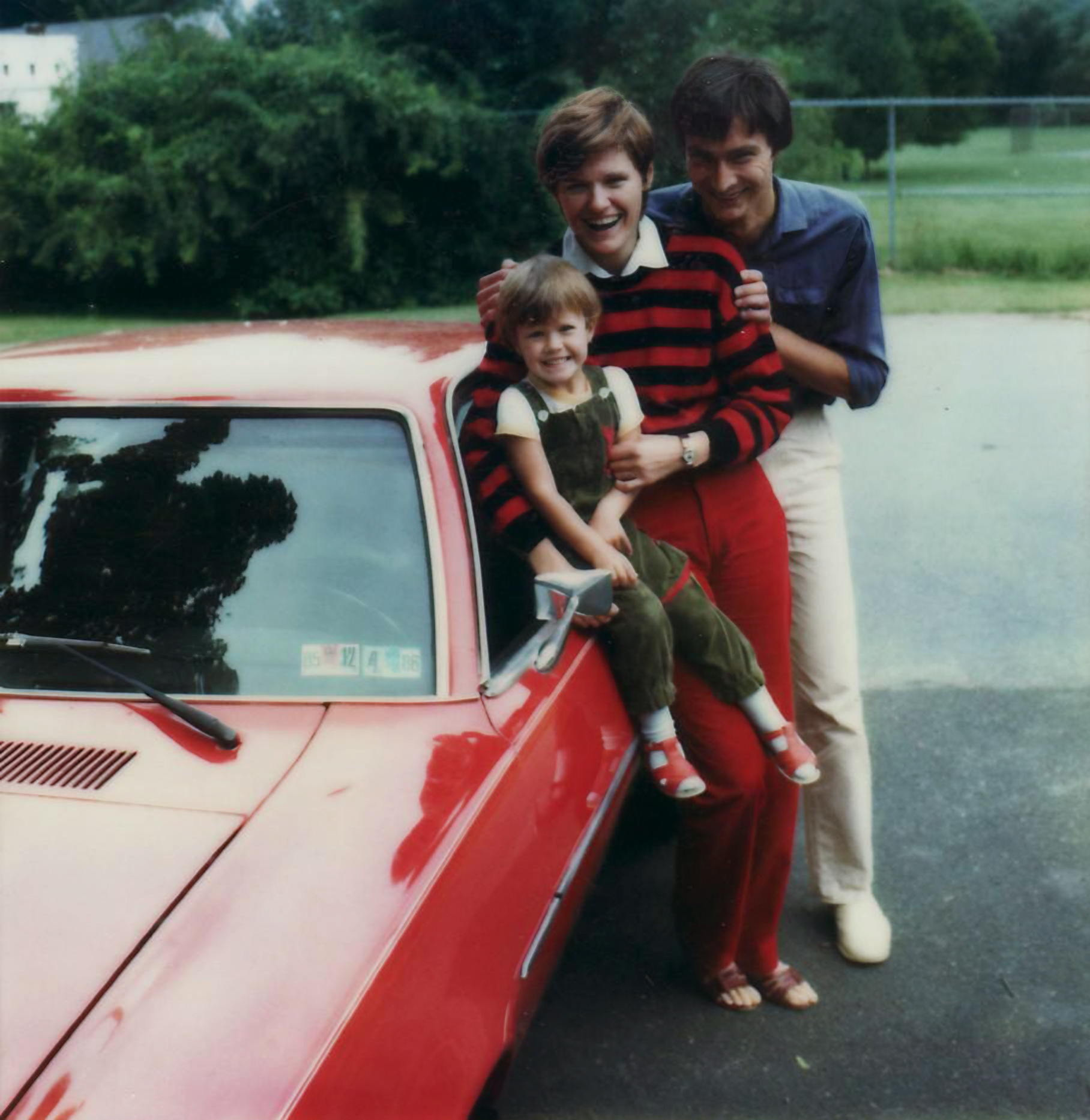Katalin Karikó: So, of course, we learn in elementary or high school—no, maybe in grade school—sometimes we learn about messenger RNA. And at the university, we learned—I mean, I was still studying when we learned that there are introns in it. So, we learned a lot of interesting things about messenger RNA. And in ’78, I started my Ph.D. And my supervisor, Jenő Tomasz, actually, he—because I told you everybody was an organic chemist around me—he synthesized a cap analog in ’75. And he sent it to Aaron Shatkin in the United States because he discovered that a strange structure in the 5′ end of the RNA, and he needed reference material, what it could be. And so, somebody had to synthesize it, and it was my supervisor. So, when I started in 1978, I already knew about the cap structure of the RNA. But we could not synthesize, couldn’t synthesize RNA at that time. We could not have the enzyme. It came in ’84, 1984, ’85 when Harvard scientists reported that high-fidelity RNA polymerase from phage can be used to make mRNA. And that messenger RNA was functional, translated to a functional protein. So, that started in the second part of the ’80s. Actually, that was a revolution. If you were in the field, every time you were just amazed that the PCR came. I mean, 1989 was Tech polymerase, the enzyme which is used, was the Molecule of the Year in Science magazine. And so, people started to, could purchase a PCR machine. And people, when they created some kind of little tools, like delivery tools like lipofectin, which have to deliver the RNA inside cells, they published, and in the same year, you already could purchase. So, immediately it was commercialized, and that was also very helpful.

And also, RNA isolation. So, if you had a cell which expressed a protein, you were interested. And you could isolate the RNA. You could clone it, you could amplify, and you could make a template for the messenger RNA production. You would make the messenger RNA in two, three hours. You put on the cell. Fifteen minutes later, you could see and analyze the protein of interest. It was just unbelievable. You could do everything. And you didn’t need an expensive machine or something, nothing. You were just sitting at the bench, and the little pipette that you are using, and that was it.
